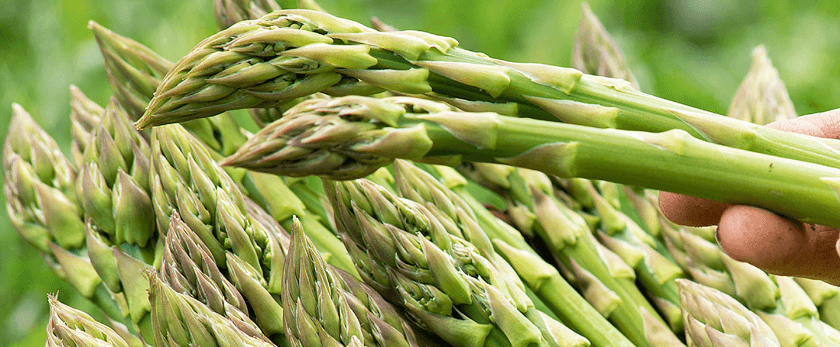Asparagus is a delicious and nutritious vegetable that is easy to grow in your own backyard. Not only is it a tasty addition to any meal, but it is also a sustainable and eco-friendly choice for your garden. In this article, we will discuss the steps to growing asparagus, including caring for it, the best time to grow, and common problems you may encounter. By following these tips, you can enjoy fresh, homegrown asparagus while also contributing to a greener planet.
How to Care for Asparagus
Asparagus is a perennial plant, meaning it will come back year after year. It is important to properly care for your asparagus to ensure a healthy and bountiful harvest. Here are some key factors to consider when caring for your asparagus:
Watering
Asparagus plants require consistent moisture, but not too much. Overwatering can lead to root rot, while under-watering can result in stunted growth. The best way to water your asparagus is to give it about 1 inch of water per week, either through rainfall or manual watering. It is important to water at the base of the plant, avoiding getting the foliage wet, as this can lead to disease.
Light
Asparagus plants thrive in full sun, meaning they need at least 6-8 hours of direct sunlight per day. If you live in a hot climate, some afternoon shade may be beneficial to prevent the plants from getting too hot. If you are growing asparagus in a container, make sure to place it in a sunny spot.
Soil
Asparagus plants prefer well-drained, sandy loam soil with a pH level between 6.5-7.5. It is important to prepare the soil before planting by adding compost or well-rotted manure to improve the soil's fertility. Asparagus also requires good drainage, so avoid planting in areas with heavy clay soil.
Fertilizer
Asparagus plants are heavy feeders and require regular fertilization to produce a good harvest. Before planting, mix in a slow-release fertilizer into the soil. Once the plants have emerged, you can side-dress with a balanced fertilizer every 4-6 weeks. Avoid using high-nitrogen fertilizers, as this can result in excessive foliage growth and weakens the plant.
Pruning
Asparagus plants should be pruned in late fall or early spring. Cut back the foliage to ground level, leaving about 2 inches of stubble. This will help prevent disease and pests from overwintering in the plant debris. It will also allow for new growth in the spring.

What is the Best Time to Grow Asparagus?
Asparagus is a cool-season crop and is best planted in early spring when the soil is workable. You can also plant in the fall, but make sure to do so at least 4-6 weeks before the first frost. Asparagus plants take 2-3 years to establish before they can be harvested, so patience is key. However, once established, they can produce for up to 20 years.
Common Problems with Asparagus
While asparagus is a relatively low-maintenance plant, there are some common problems you may encounter. Here are a few to watch out for:
- Pests: Asparagus beetles and slugs are the most common pests that can damage asparagus plants. You can handpick the beetles or use an organic insecticide to control them. Slugs can be controlled by placing a shallow dish of beer near the plants, as they are attracted to the yeast in the beer.
- Diseases: Asparagus plants can be susceptible to fungal diseases such as rust and fusarium wilt. To prevent these diseases, make sure to plant in well-drained soil and avoid overhead watering. If you notice any signs of disease, remove and destroy the affected plants.
- Weeds: Asparagus plants can be easily choked out by weeds, so it is important to keep the area around the plants weed-free. You can use mulch or hand-pull weeds to prevent them from competing with your asparagus.
Conclusion
Growing asparagus is a rewarding and sustainable gardening practice. By following these tips on caring for your asparagus, planting at the right time, and addressing common problems, you can enjoy a bountiful harvest year after year. Remember to also practice responsible disposal methods for any plant debris and use organic and eco-friendly methods to control pests and diseases. With a little patience and care, you can enjoy fresh, homegrown asparagus while also contributing to a greener planet. Happy gardening!










